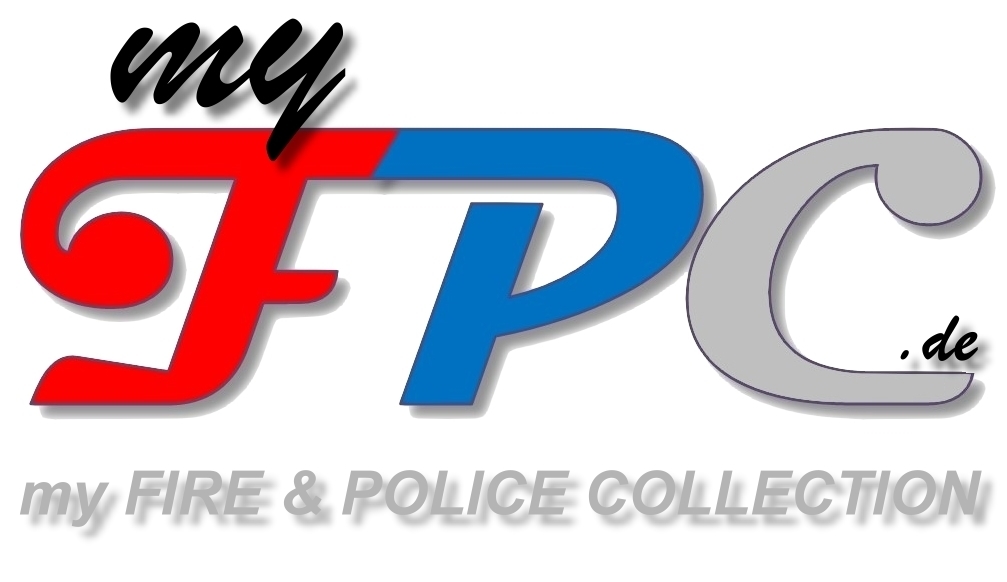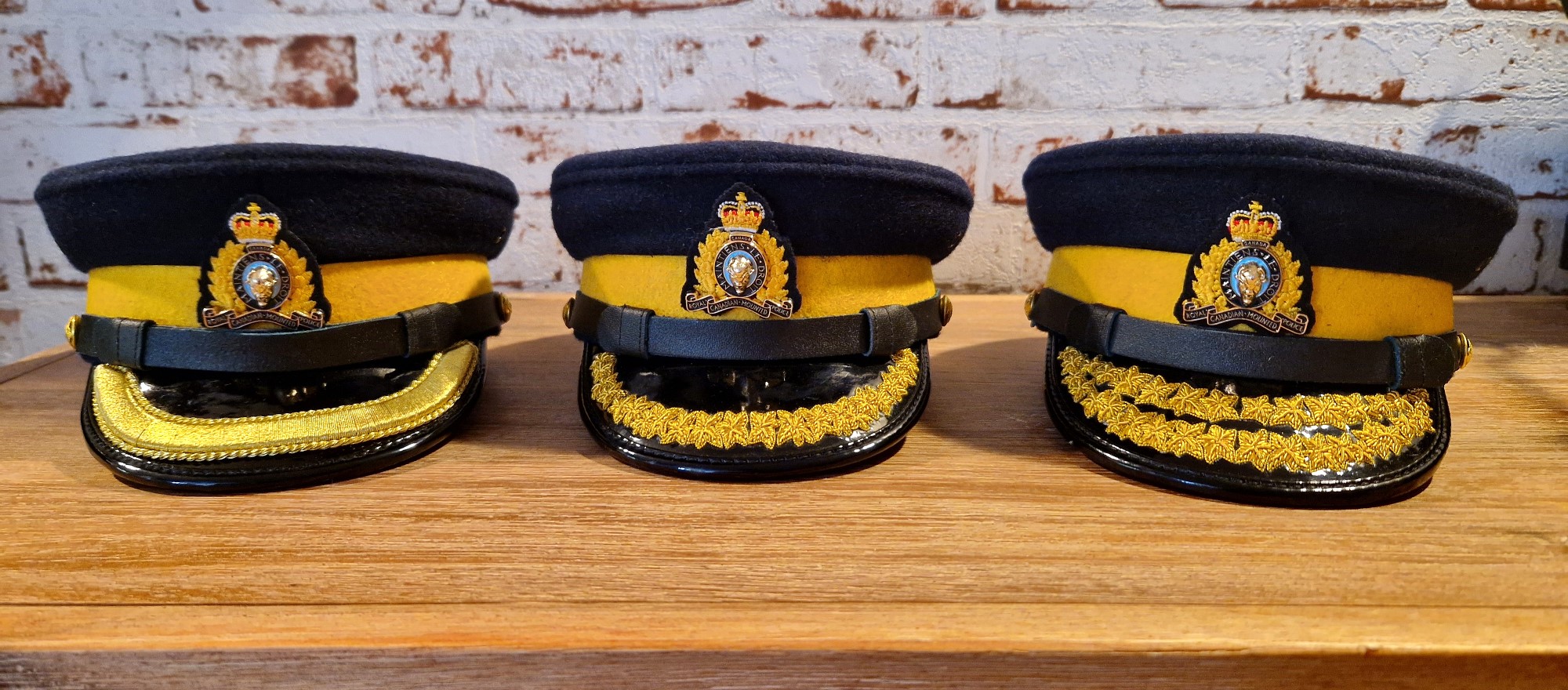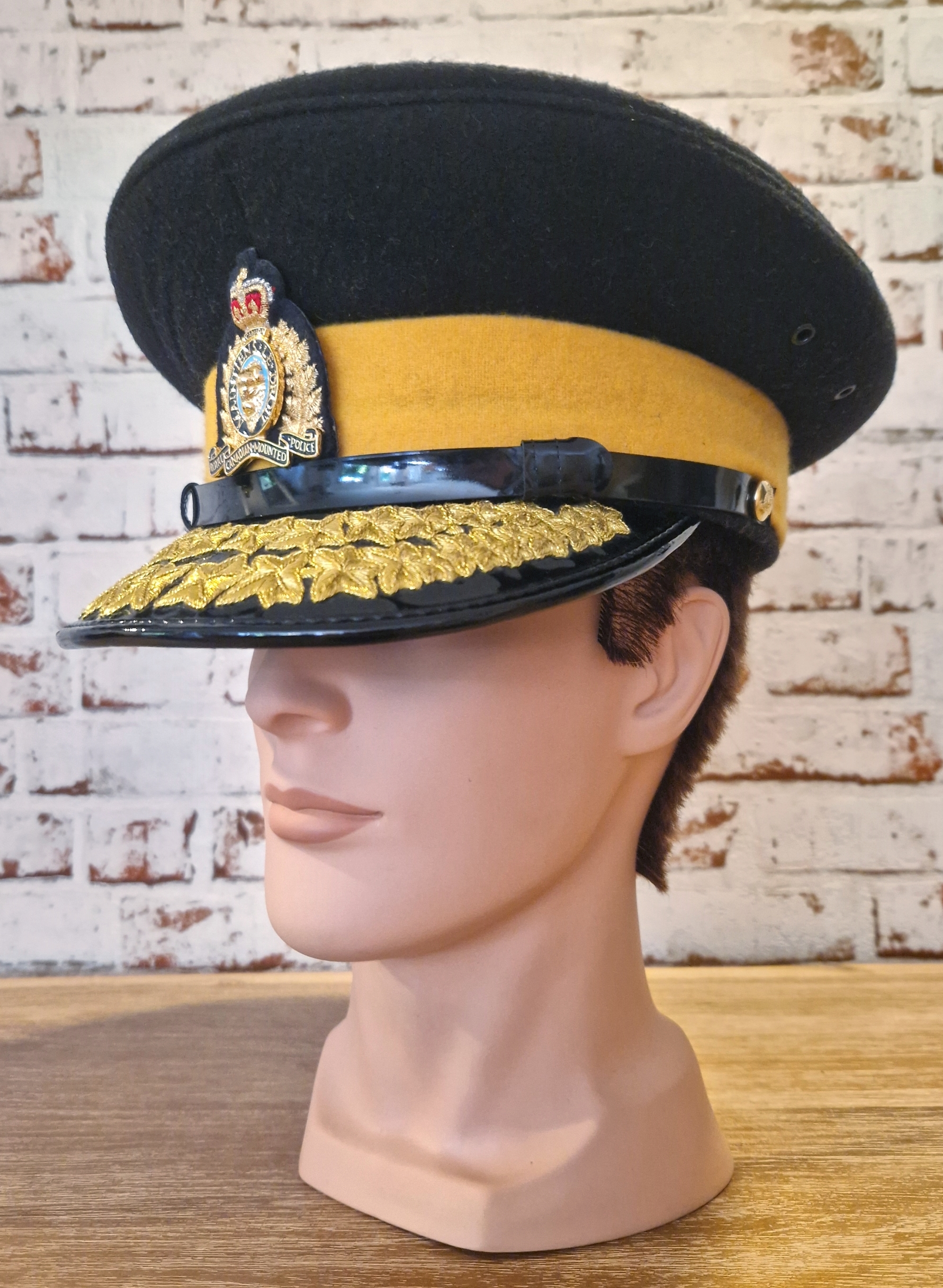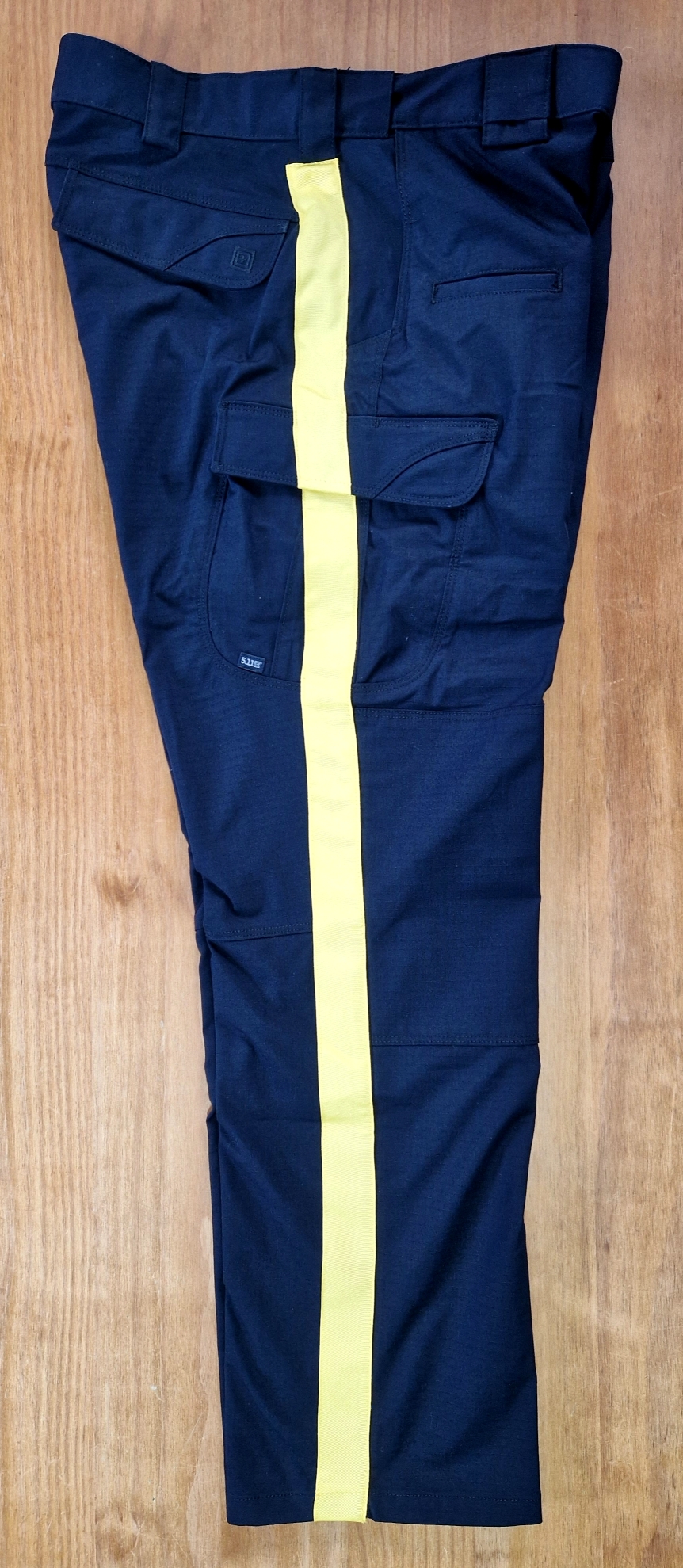
Home
Canada
.
Royal Canadian Mounted Police (R.C.M.P.)
Gendarmerie Royale du Canada (G.R.C.)
.

History of the Royal Canadian Mounted Police
The Royal Canadian Mounted Police (RCMP), known
worldwide as the "Mounties", is Canada’s national police service and
an enduring symbol of the country’s identity. The RCMP's history is deeply
intertwined with Canada’s development, especially in the western provinces.
Origins and Early History
The RCMP was originally established in 1873 as the
North-West Mounted Police (NWMP) by Prime Minister Sir John A. Macdonald. The
creation of the NWMP was in response to concerns about lawlessness in the vast
western territories, particularly due to the whiskey trade and conflicts
between Indigenous peoples and American traders. The government's intention was
to assert Canadian sovereignty, maintain order, and facilitate the peaceful
settlement of the west.
In the summer of 1874, the NWMP embarked on the
"March West," a grueling trek of nearly 900 miles from Fort Dufferin
in Manitoba to the foothills of the Rocky Mountains. This mission aimed to
establish a presence in the west, build relationships with Indigenous
communities, and establish forts. Fort Macleod and Fort Walsh were among the
first outposts created to enforce the law and establish Canadian governance in
the region.
Expansion and Evolution
The NWMP played a crucial role during the 1885
North-West Rebellion, an uprising led by Métis leader Louis Riel, who sought to
protect the rights of the Métis and Indigenous peoples in the face of
encroaching Canadian settlement. The NWMP's involvement in quelling the
rebellion solidified their role in maintaining law and order in Canada’s
expanding territories.
In 1904, King Edward VII granted the NWMP the title
"Royal", and in 1920, the force was renamed the Royal Canadian
Mounted Police (RCMP) when it was merged with the Dominion Police, responsible for federal
law enforcement in eastern Canada. This expansion transformed the RCMP into a
national police force, responsible for enforcing federal laws across the
country, including in provinces and territories without their own provincial
police forces.
Modernization and Challenges
Throughout the 20th century, the RCMP expanded its
roles and responsibilities, taking on duties ranging from counter-espionage
during World War II to combating organized crime, drug trafficking, and
terrorism. The RCMP’s image as the embodiment of Canadian values - honesty,
bravery, and service - was bolstered by popular culture, including Hollywood
movies and the iconic red serge uniform.
However, the RCMP's history is also marked by
controversies, including its role in enforcing residential school policies and
other actions against Indigenous communities. These aspects of its past have
led to ongoing discussions about reconciliation and the RCMP's future role in
Canada.
The RCMP Today
Today, the RCMP operates as Canada’s federal police
force and provides policing services at the provincial, territorial, and
municipal levels. With over 20,000 members, it is one of the largest police
forces in the world. The RCMP continues to evolve, addressing new challenges
such as cybercrime and international policing, while grappling with its
historical legacy and the need for modernization.
The RCMP remains a central institution in Canadian society, representing both the country’s history and its ongoing efforts to balance tradition with the demands of a changing world.
.
RCMP Officers' Miniature Hats
Royal North-West Mounted Police
1904 - 1920
Forage Hat (William Scully)
In 1904, the North-West Mounted Police, foundet 1873,
was granted the title ‘Royal’ by King Edward VII, and
renamed the Royal North-West Mounted Police.
In 1920, it was merged with the Dominion Police,
which was the federal police force in Eastern Canada,
and renamed the Royal Canadian Mounted Police.

RCMP Forage Hat
Deputy Commissioner and Commissioner
Only 6 Deputy Commissioners and
1 Commissioner wear this hat (as of April 1, 2021).

RCMP Forage Hat (William Scully)
Chief Superintendent and
Assistant Commissioner
Only 54 Chief Superintendents and
26 Assistant Commissioners wear this hat (as of April 1, 2021).

Inspector and Superintendent
RCMP Forage Hat (William Scully)
Constable -> Corps Sergeant Major

RCMP Basecap

RCMP Beanie

RCMP Short Sleeved Shirt

RCMP Patrol Jacket

RCMP 5.11 Tactical STRYKE Pants
RCMP Biltmore Hat (Stetson)

RCMP Red Serge Tunic
(Constables and non-commissioned Officers)
(Giovanni Clothes Inc. Montreal)
with Sam Browne Belt

RCMP Red Serge Tunic
(Officers)
with Trousers

RCMP Rank Slides / Insignia / Patches
.
Ontario Provincial Police (O.P.P.)
.

OPP Constable Forage Hat
(Stokes)
OPP Superintendent Forage Hat
(Muir)
OPP Campaign Hat (Biltmore)
.
Service de Police de la Communauté Urbaine
de Montréal (SPCUM)
.

SPCUM Forage Hat (William Scully)
On January 1st 2002,
the Service de Police de la Communauté Urbaine de Montréal (SPCUM)
became the Service de Police de la Ville de Montréal (SPVM).
.
Metropolitan Toronto Police
.

Forage Hat (Muir)
In 1998, the Metropolitan Toronto Police
became the Toronto Police Service (TPS).